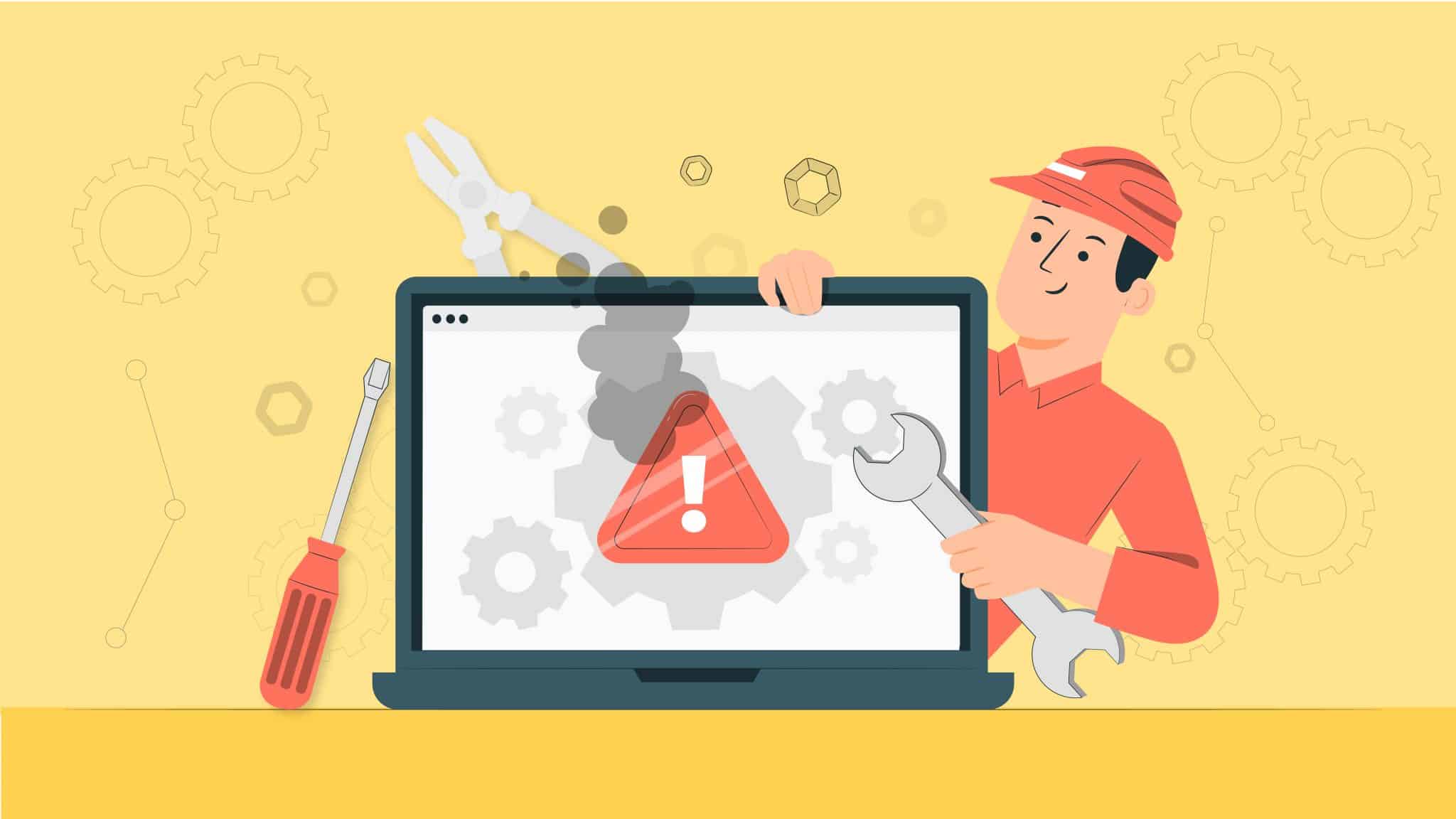Ensuring high quality software and delivering on time can be a challenge when dealing with defects. For development teams, proper software defect management is key to overcoming this obstacle while enhancing customer satisfaction.
With a step-by-step approach, this guide offers a comprehensive approach to efficiently manage software defects for optimal results.
Step 1: To commence software defect management, define and pinpoint defects. The preliminary phase is figuring out what exactly deems as a defect for your specific project. Work with your colleagues to designate the benchmarks used to identify defects- whether it be based on functional and non-functional requirements, user expectations, or industry standards. Achieving a common understanding about what qualifies as a defect is crucial in order to eliminate any confusion.
Step 2: Defect management requires a powerful defect tracking system. You must establish a reliable defect tracking tool that can track, record, and manage defects effectively throughout the entire development process. A number of defect tracking systems, such as Bugzilla, Trello, and JIRA, can be employed to achieve this goal. Personalize the tool to match the workflows and requirements of your team.
Step 3: Prompt capture and documentation of defects are vital. Detailed information about the defect, including relevant attachments (such as screenshots or log files), should be encouraged. Information about expected behavior, actual behavior, and environment details should also be included. This will ensure developers can address issues efficiently. The key is a clear and concise defect description.
Step 4: Based on their impact on software functionality and end-user experience, defects cannot be considered equal, thereby requiring prioritization. To achieve an efficient hierarchy, conduct a collaborative session with stakeholders such as developers, testers, product managers, and customers to classify defects according to their business impact and severity. A priority scale with a distinct order (for instance, high, medium, low) should be established to tackle the most crucial issues first.
Step 5: Defects must be given out to those who can resolve them after they’ve been carefully prioritized during Step 5. Find a person who can take on the responsibility of tackling each problem and making certain that they’re resolved. The developers will need to find out what’s causing the defects, remedy the defects, and then record everything in the system that keeps track of them. Be sure to deliver frequent updates about the progress of defects being resolved so that everyone stays aware.
Step 6: To avoid the recurrence of similar defects in the future, it is necessary to perform a root cause analysis of major or recurring problems. Encourage your team to investigate the root causes of defects and identify any process gaps, insufficient testing, or code quality issues. Addressing these root causes will help improve the overall software development process and minimize future defects.
Step 7: Once a bug is fixed, it should go through a thorough validation to ensure that the fix is successful and doesn’t introduce new problems. Testers should perform regression testing to confirm that the defect is indeed fixed and that it has not affected any other areas of the software. Automated test suites and continuous integration practices can greatly streamline this validation process.
Step 8: Once a defect is verified and confirmed as fixed, it should be marked as closed in the defect tracking system. Closed defects should be archived for future reference and analysis. Keeping historical records of defects can be valuable for identifying patterns, evaluating the effectiveness of defect management processes, and improving software quality in subsequent projects.
Step 9: Software defect management is an ongoing process that requires continuous monitoring and improvement. Regularly review and analyze defect data to identify recurring patterns, bottlenecks, and areas for improvement. Leverage metrics such as defect density, defect aging, and defect closure.


























